Vellum Venom Vignette: Flattened Fenders and Air Curtains

Mike writes:
Sajeev,
I have noticed something on newer cars, and it’s been bothering me for awhile now. Perhaps you, with your deity-like omniscience (and access to inside information) will be able to provide some clarity.
As you can see from the picture below, a new Toyota has this vertical flat area around the wheels. And it’s not just this particular model of car — nearly every modern car I see on the road today has a similar design feature, though they vary in the width of the flat area around the wheel arch. Contrast this the Clinton-era Toyo at the bottom, where the body lines follow a graceful curve all the way to the fender opening.
To my eye, the wheel arch flatness looks terrible. Are every automaker’s designers on the same drugs, or is this done for an actual reason — i.e, aerodynamics, or possibly to make the wheels appear larger (another trend which befuddles me)?
Looking forward to your reply, thank you!
Sajeev answers:
Access to inside information in the car design biz? Deity-like omniscience? Hardly. I contacted two experts in aerodynamics and neither responded. Even worse, one is a longtime family friend.
Aesthetically speaking: I agree. The flattened fender arches add an unnecessarily complex or flow-killing stylistic element to a vehicle’s bodyside.
Realistically speaking: The hard transition provides an aero benefit I cannot independently verify. I reckon it reduces drag and/or turbulence around the wheels, especially when adding air curtains. The two might combine to “clean up” (technical term) airflow around the front wheels. Which implies your ride gets quieter and more fuel efficient — not just for fancy BMWs, but also for the Ford F-150 and Mustang.
Which begs the question, how much does this really help? Bullet-nosed faces of the 1990s are history and we still have pedestrian-friendly fronts with extensive amounts of frontal area. Perhaps that’s why air curtains are necessary: every little bit helps.
If you’re a Car Design Wonk, please chime in below or drop me an email.
Send your queries to sajeev@thetruthaboutcars.com. Spare no details and ask for a speedy resolution if you’re in a hurry…but be realistic, and use your make/model specific forums instead of TTAC for more timely advice.

More by Sajeev Mehta
Latest Car Reviews
Read moreLatest Product Reviews
Read moreRecent Comments
- Jkross22 Not to rub salt in the wound, but why would you put your hq in some extraordinarily expensive real estate like Manhattan Beach? I know little of Fisker the person, but this reeks of ego and the desire for appearances.
- 3-On-The-Tree I’ve responded to several bike accidents where if the guy wasn’t wearing a helmet he would’ve been in a casket. Plus it saves your hearing.
- Wjtinfwb Nice cars and a find if you're into Radwood type iron. But a near 40 year old anything, even something as robust as a Legend is going to have failure points that would be prohibitively expensive to fix. Electronics, A/C, leaky old gaskets, creaking suspension bushing etc., not to mention the lack of safety gear and an interior that no doubt has "seen a lot". I applaud the manual transmission, but you could likely find something 30 years newer for not much more money to hone your heel and toe skills on before graduating to a more expensive ride.
- ScarecrowRepair Considering how over-priced Apple products are, I doubt a cheap Rivian is in the works.
- Dick Mottram What happens when you are on slippery pavement and AEB slams on the brakes. I see it causing many accidents in the winter!

















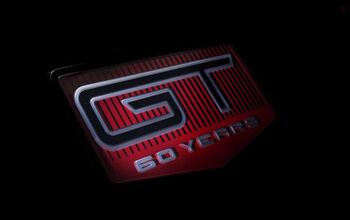
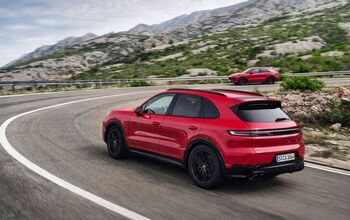
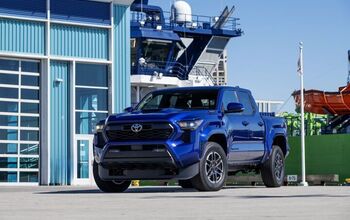

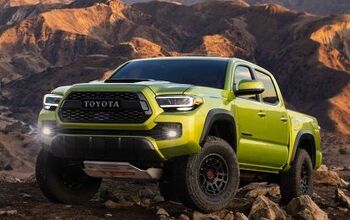

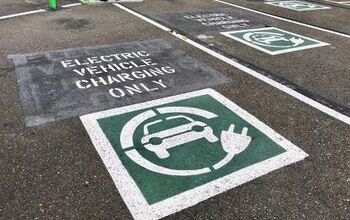
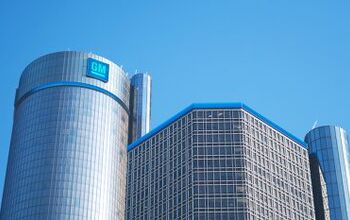



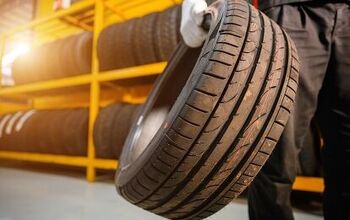
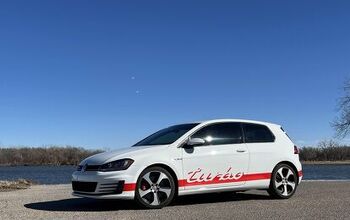
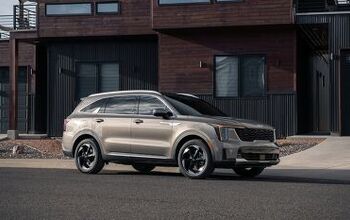

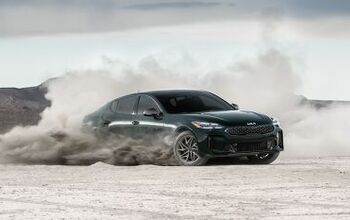
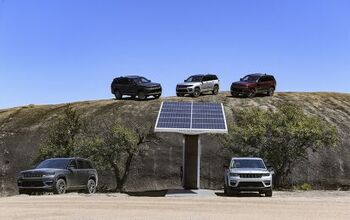
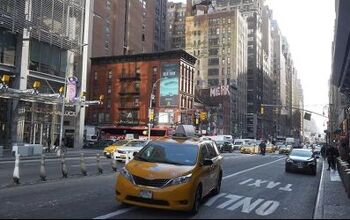
Comments
Join the conversation
My M235i has them - my least favourite part of an otherwise beautiful car.
Truly hate those flat arches, one reason I love my 2000 Lexus GS, it has box-flares! real, live box-flares! Todays cars are nearly indistinguishable from one another and the interiors even more so. The designers today strike me as being more interested in anime and comic books than in cars, hence cars and trucks becoming so cartoonish. I drove a Lexus NX loaner a few weeks ago and was embarrassed to seen in the thing, and not even because of the grille, but because of the giant flat wheel arches.